
Artisanal Rituals for a Memorable Customer Experience
How can brands create a more balanced and memorable customer experience by blending artisanal product quality with thoughtful everyday rituals that keep people coming back?
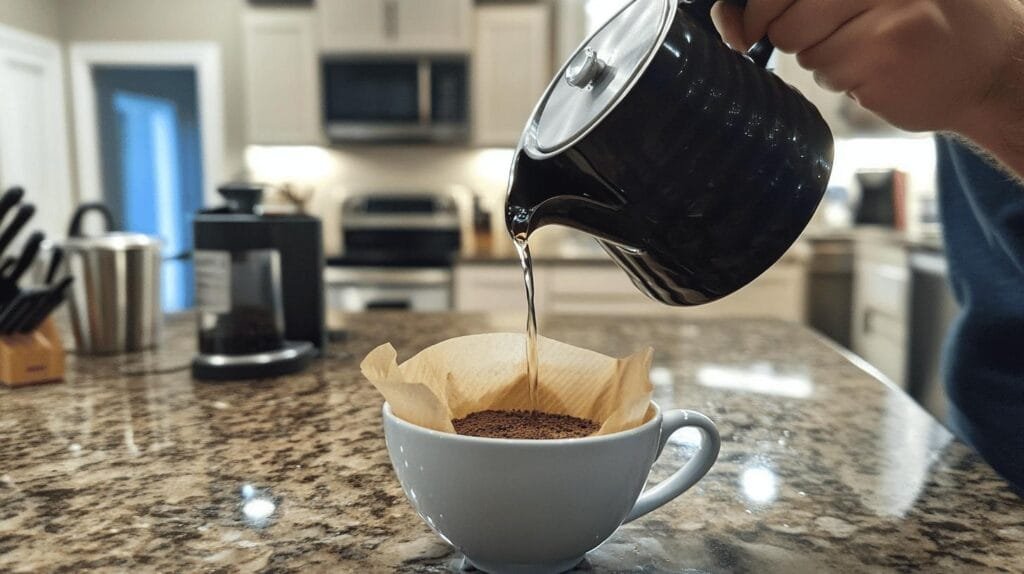
Can a single cup of coffee tell you the story of its origin? For the discerning palate, single origin coffee offers a profound connection to the land and the factors that shaped its existence. This unique coffee variety, sourced from a specific location like a country, region, or farm, reflects distinct flavor profiles, offering coffee enthusiasts a taste of traceability and authenticity. Understanding how to brew single origin coffee perfectly allows coffee aficionados to unlock these rich narratives, elevating the home coffee experience. Let’s get straight into it.
Single origin coffee comes from one place, like a country, region, or specific farm. Its unique flavors reflect the origin’s characteristics and are different from coffee blends. This traceability lets coffee lovers explore flavors specific to the location’s terroir.
Where the coffee beans grow significantly affects their taste. Factors like the coffee variety, climate, soil, and processing methods all play a role. High altitudes might give brighter acidity, while volcanic soil can add richness.
Countries like Colombia, Kenya, Ethiopia, and Brazil are known for single origin coffees with unique flavors. Colombian coffee often has bright acidity and nut flavors, while Kenyan beans are vibrant with a wine-like taste. Ethiopian coffee, especially from Yirgacheffe, is floral and citrusy. Brazilian coffees offer chocolatey and nutty tastes with lower acidity. These varieties allow drinkers to enjoy a diverse range of flavors, all rooted in their places of origin.
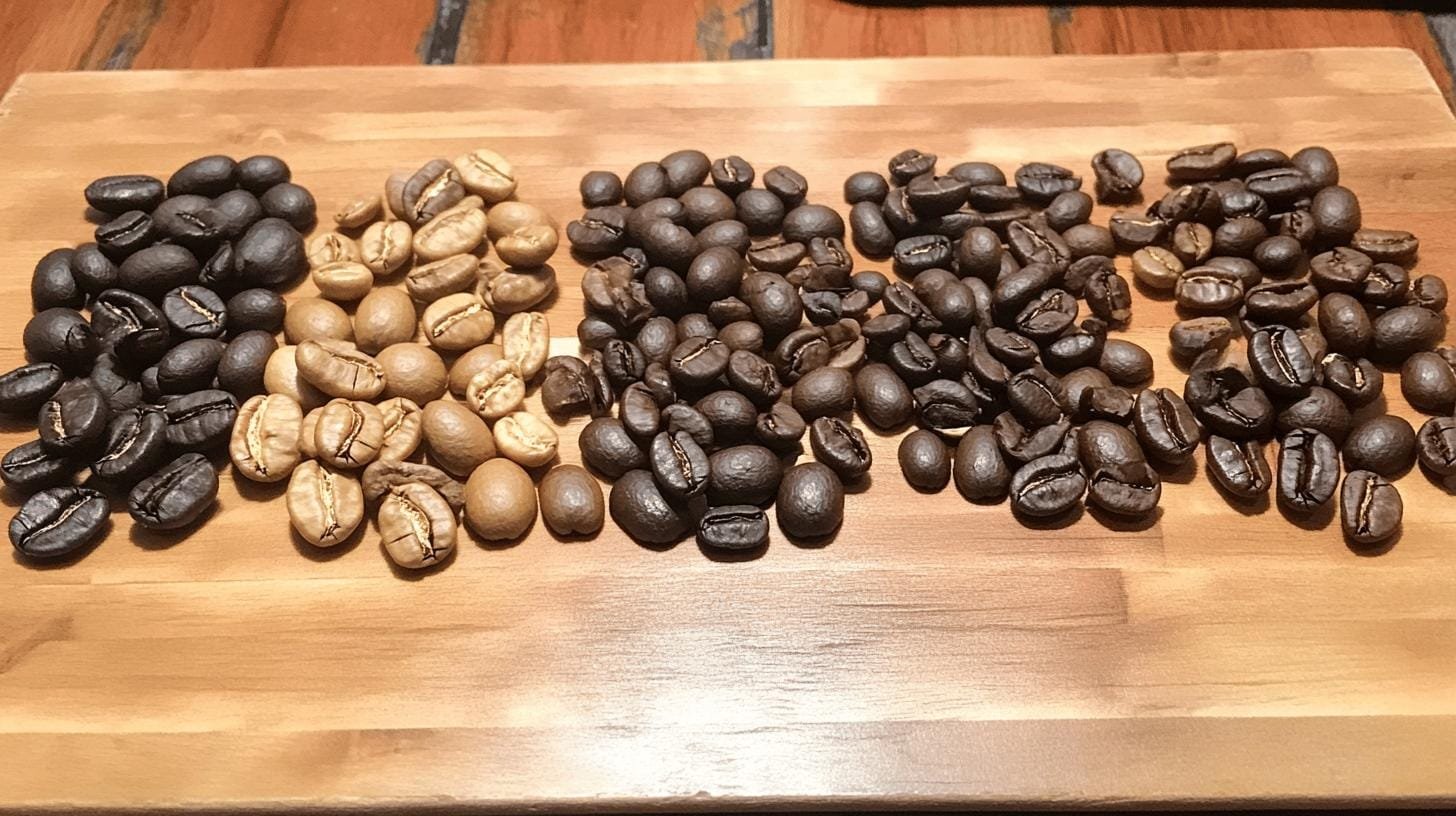
Home-roasted coffee beans offer better freshness and flavor than mass-produced ones. Sourced from local roasters, they capture peak aroma and taste, which commercial coffee often loses over time. Home roasting lets you preserve unique single origin profiles, particularly beneficial for lighter roasts.
To select fresh coffee beans, try these tips:
Manual brewing is vital while trying to get the hang of how to brew single origin coffee and unlocking its flavors. It allows control over water temperature, brewing time, and grind size, ensuring a superior experience. Unlike machines, these methods help accentuate the distinct characters of coffee’s origin.
Recommended methods for single origin coffee include:
Pour-over is great for consistent, clear single origin coffee. Start by placing a filter in the dripper, rinsing with hot water to remove any papery taste. Add freshly ground coffee evenly. Pour hot water at around 93°C over the grounds in a circular pattern.
Begin with a pour to saturate the grounds, letting them bloom for 30 seconds to release gases and prepare for extraction. Continue pouring in stages, ensuring even saturation. The brew should take about 3 to 4 minutes, highlighting the single origin’s unique flavor profile.
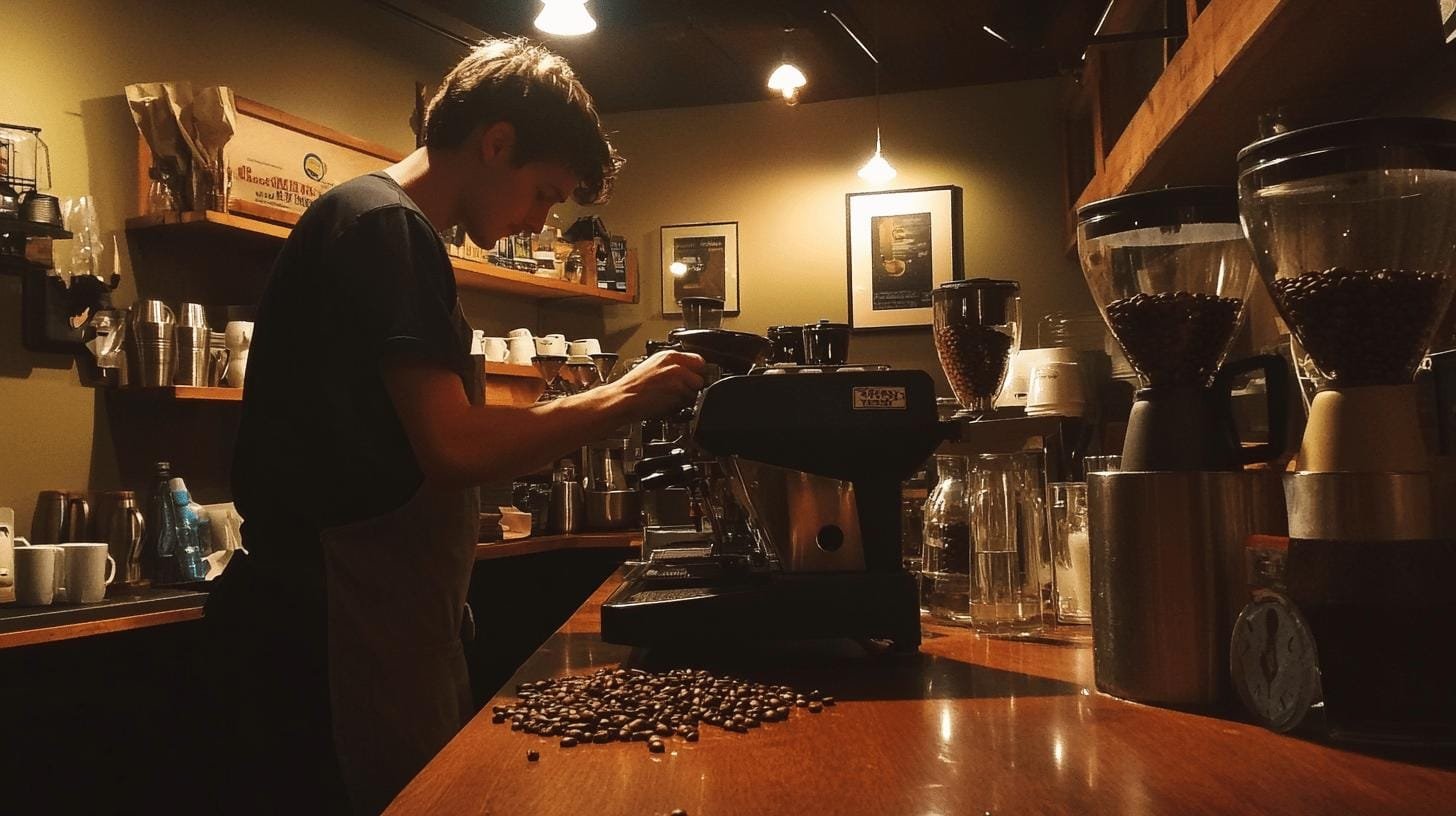
Finding the right coffee-to-water ratio is key for flavor. A common rule is 1:16, where one part coffee equals sixteen parts water. This keeps coffee flavors balanced and not too strong or weak. Starting with this ratio works well for most brewing methods, though personal adjustments may create a preferred taste.
Coffee-to-water ratios for different methods:
Grind size affects extraction, impacting taste and consistency. For pour-over, a medium-coarse grind is recommended for optimal water flow. Fine grinds for espresso produce more intense flavors, while coarse grinds for French press create a full-bodied cup. Consistent grind size prevents uneven extraction, maintaining flavor.
Water temperature greatly affects single origin coffee’s flavor. The ideal temperature is around 93°C, which extracts flavor without bitterness. Light roasts, with low solubility, benefit from higher temperatures, enhancing their delicate flavors.
Recommended brewing times:
Timing is crucial for optimal flavor. Over-extraction causes bitterness, while under-extraction results in a weak cup. While trying to understand how to brew single origin coffee, it is important to take notes of the perfect coffee brewing temperature.
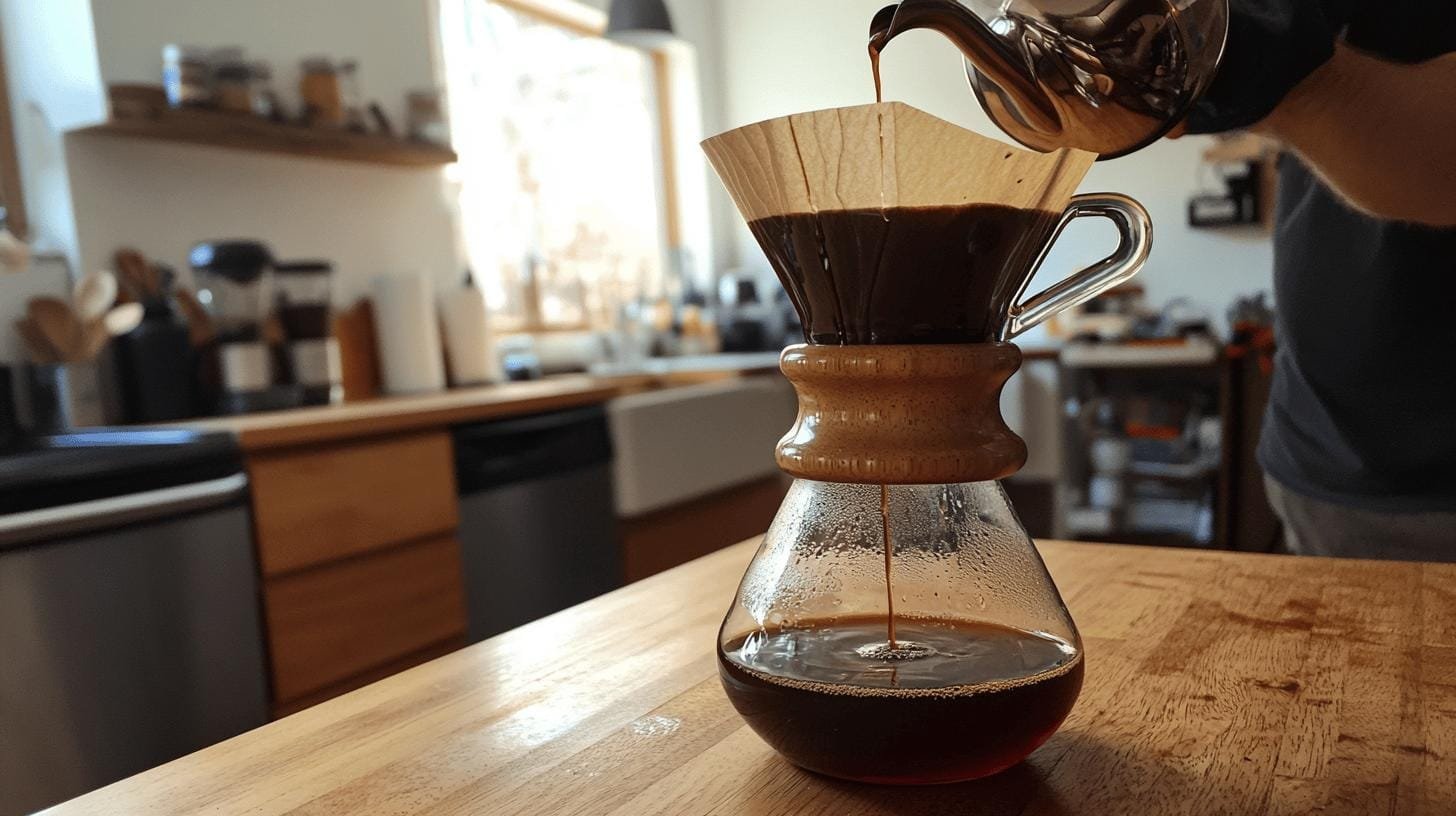
Single origin coffees offer unique experiences, deeply tied to their growth environments.
Changing brewing methods can enhance coffee flavors, allowing extraction to highlight certain notes. By adjusting variables like temperature, grind size, and time, you can discover new flavors in single origin beans.
Common flavor notes include honey, chocolate, and berries. Identifying these involves mindful tasting, noting aroma, acidity, body, and finish.
Finding the subtleties in how to brew single origin coffee emphasizes the rich, traceable flavors distinct to their origins. Home-roasted beans amplify freshness and control over quality, leading to a refined coffee experience.
Utilizing optimal brewing methods, such as pour-over, reveals the subtle characteristics of single origin beans. Mastering coffee-to-water ratios and grind size further refines the taste, ensuring a balanced extraction.
Precisely controlling water temperature and brewing time complements these techniques, allowing enthusiasts to fully explore flavor profiles. Embracing these practices elevates every cup, making the pursuit of a perfect balance rewarding and pleasurable.
Single origin coffee is sourced from a specific location like a single farm, whereas blend coffee combines beans from multiple origins, resulting in varied flavor profiles and complexity.
A good single origin coffee roaster should offer traceable sourcing, highlight the coffee’s origin, and consistently maintain quality through expert roasting techniques that accentuate the beans’ natural flavors.
Knowing how to brew single origin coffee is important. The best brewing method is the pour-over, V60, or Chemex.
An optimal coffee-to-water ratio is around 1:16 for single origin coffee, helping achieve a balanced extraction that highlights the bean’s intrinsic flavors.
Single origin coffee should be ground to a medium-coarse size, typically preferred for methods like pour-over, to ensure ideal flavor extraction.

How can brands create a more balanced and memorable customer experience by blending artisanal product quality with thoughtful everyday rituals that keep people coming back?

Independent coffee shops have always been about more than caffeine—they’re hubs of creativity, connection, and care. As café culture continues to evolve, new trends are
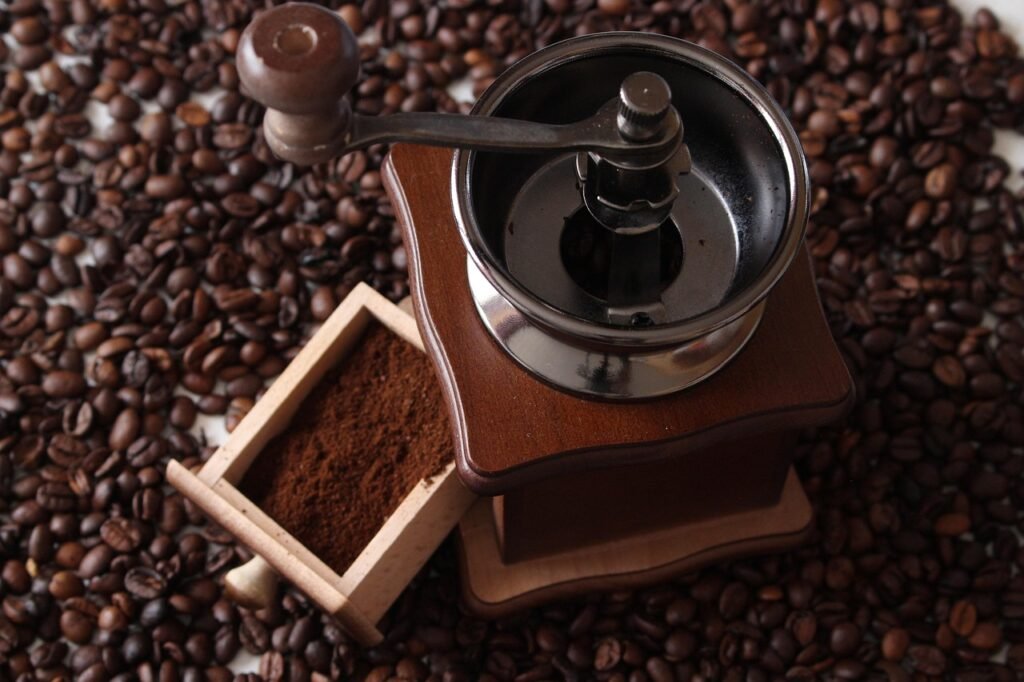
Introduction Independent cafes win when they feel like the neighborhood’s living room and operate with the discipline of a great kitchen. Below is a quick
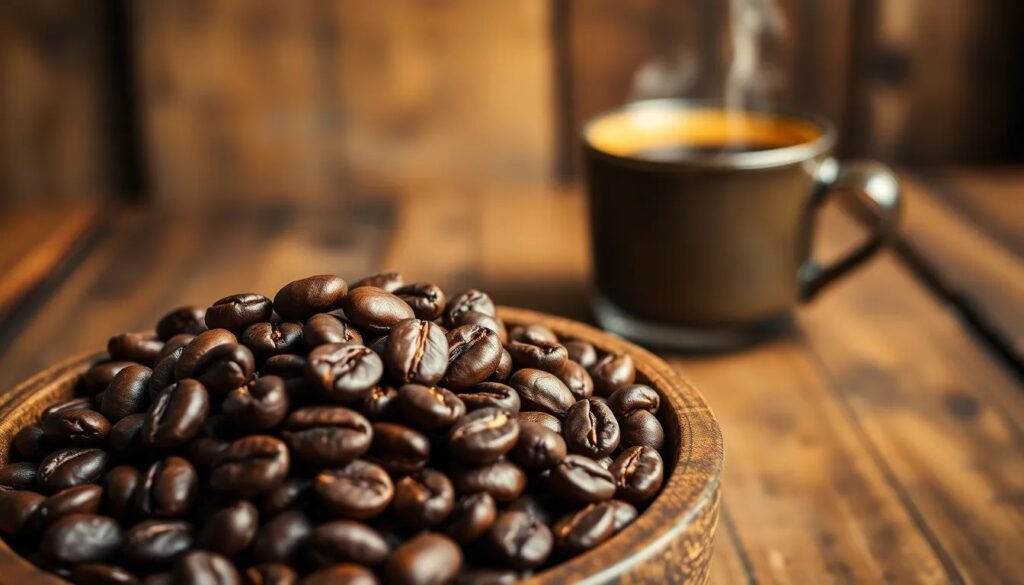
Discover how top specialty coffee brands create lasting loyalty through storytelling, sourcing, and community connection. Real tips from 6 industry experts.

Discover the ultimate showdown between two beloved coffee brewing methods: the French press and Chemex. Explore how each technique caters to distinct palates, with the French press delivering bold flavors and the Chemex presenting a bright, clean taste.

Unlock the secrets to brewing the perfect cup of coffee with our comprehensive guide on using a coffee scale. Discover how precise measurements enhance flavor and consistency while eliminating bitterness.

Discover how water temperature plays a vital role in brewing the perfect cup of coffee. This article delves into the ideal temperature range of 195°F to 205°F for optimal flavor extraction, enhancing the enjoyment of high-quality beans.

Discover the world of curated specialty coffee bundles, perfect for enthusiasts seeking quality and craftsmanship. This article explores the benefits of ethically sourced, small-batch beans from brands like Equipoise Coffee, offering diverse flavor profiles that elevate your brewing experience.

Discover the art of manual brewing to elevate your coffee experience! This article explores various techniques like pour-over, French press, and AeroPress, revealing how they enhance flavor and your connection to every cup.